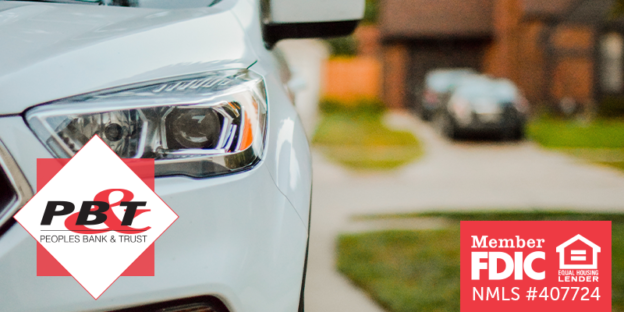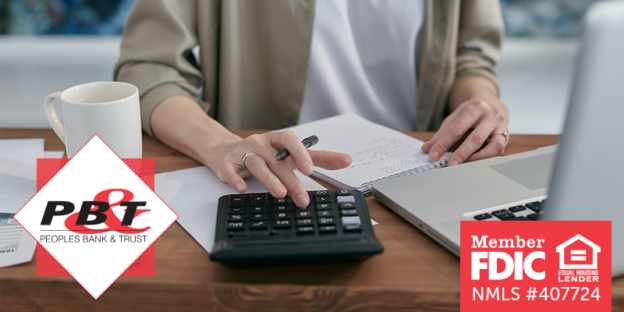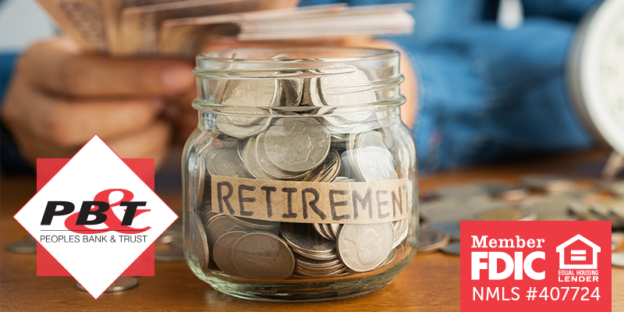Whether you’re planning your dream vacation or buying a new car, a big purchase needs a big budget, and you need to make sure you’re prepared for it! To help you achieve your goals, we’ve compiled a list of 6 ways to prepare for big purchases. Good luck!
1. Research Your Options
Research affordable options for the big purchase you have in mind. You can do this by keeping an eye out for discounts, holiday sales, comparing prices between retailors and considering buying used instead of new (used car, later model of computer, etc.).
2. Calculate Your Cost
This part is simple, add up how much this item or event will cost you and divide it by the number of months before you’ll need the money. That’s how you’ll know how much to save each month. Be sure to account for taxes and additional fees that might go along with it. For example, if you’re buying a car, you need to add up the price of the vehicle, license, registration and taxes as well.
3. Determine a Timeline
Once you’ve set your goal, you need to determine when you need to accomplish it by. Setting a specific date or time will motivate you to continue savings and provide you with a sense of urgency. Aim for a realistic timeline and remember to always save a little more than what you’re expecting this purchase to cost, in order to account for unexpected fees or changes.
4. Create a Separate Savings Account
Out of sight, out of mind. It’s so tempting to dip into untouched funds in your savings account when you need to buy something or want to treat yourself but keeping this separate from your regular checking and savings will help you resist the temptation.
Open a high-yield savings account with a bank such as ourselves and label the account with the name of your goal – for example, “Dream Vacation.” This will remind you why you’re saving the money and keep you from spending it on clothes or dinners. You can also set up automatic transfers from your checking into your savings account to make sure you stay on track.
5. Contribute Unexpected Funds
Whenever you collect money that you weren’t expecting, transfer it into your savings account. This could mean bonuses, overtime money, garage sale earnings, raises, monetary gifts, a tax refund or something else. Rather than spending it on a new gadget or dinner, put it into your savings and you’ll be thanking yourself later when you make your big purchase sooner than you expected.
6. Apply for a Loan
If you’re looking to purchase a home or a car, you may want to consider getting pre-approved for a loan so while you’re searching for the home or car of your dreams, you have an idea of what you can afford. To apply for a loan, work with a mortgage lender that can help you select the best home loan with an interest rate and other terms suited to your needs.
Whether you need to open a savings account for your big purchase or would like to get pre-approved for a home or auto loan, our team is here to help! Apply for a loan online or set up an appointment to discuss your options with us. We can help you get one step closer to achieving your big purchase!
Peoples Bank & Trust Co.
Member FDIC
Equal Housing Lender
NMLS# 407724





